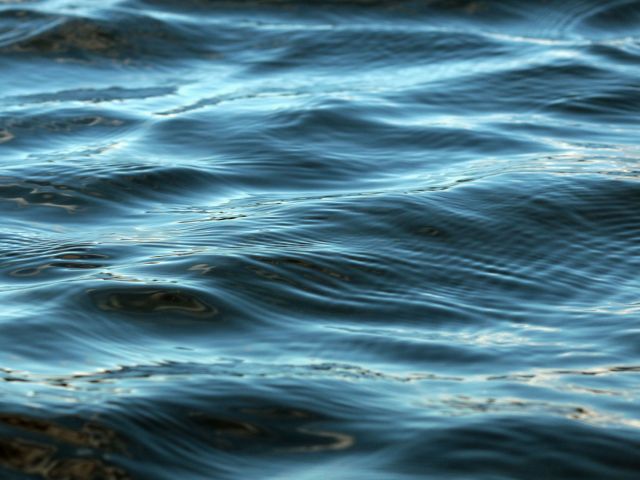In California, Latinos More Likely To Be Drinking Nitrate-Polluted Water

Displaying 49 - 72 of 307


Drinking water contaminated with nitrate could be responsible for more than 12,500 cases of cancer each year, according to a peer-reviewed study by Environmental Working Group presented today at a...


Oklahoma has a dangerous and widespread groundwater pollution problem caused by illegal discharges of toxic swine waste from industrial-scale swine Concentrated Animal Feeding Operations, or CAFOs...
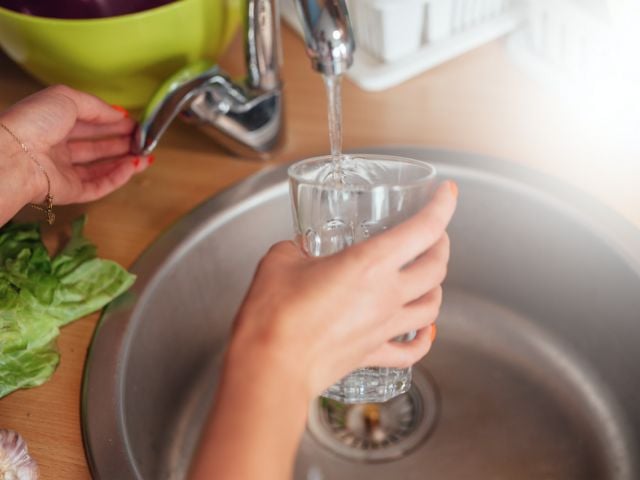

Animal waste and fertilizer from farming operations in California's Salinas Valley and Tulare Lake Basin are the source of 96 percent of the nitrate contamination in the area's groundwater, a new...
Low-tech, low-cost prairie strips on farms – buffers of grass, trees or other permanent vegetation planted along the banks of rivers, streams, lakes and other waterways – can reduce toxic farm...


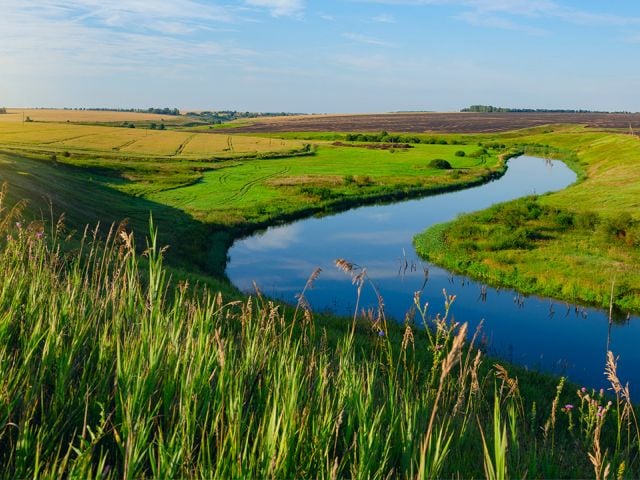
Since 2005, Environmental Working Group's Tap Water Database has been the authoritative source for consumers, journalists and researchers who want to know about contaminants in the nation's drinking...

In 2015, Des Moines Water Works sued upstream counties to reduce manure and fertilizer runoff into the city's drinking water supply, drawing attention to nitrate pollution. But nitrate contaminates...

EWG News Roundup (12/11): Here's some news you can use going into the weekend.

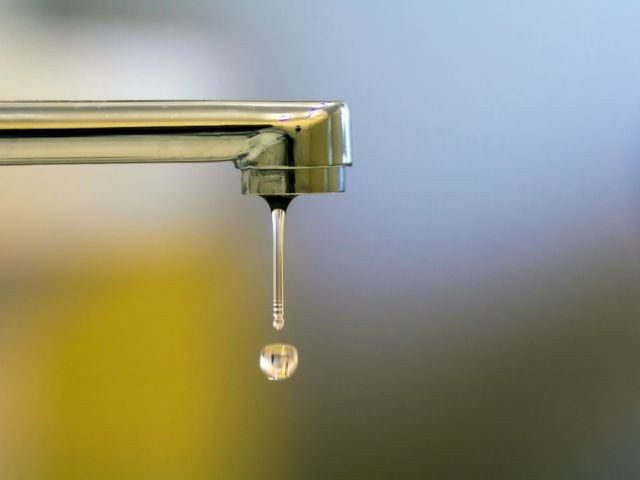
Central Iowans got bad news about the quality of their drinking water on Friday when a federal judge dismissed a lawsuit by the Des Moines Water Works against three northern Iowa drainage districts.
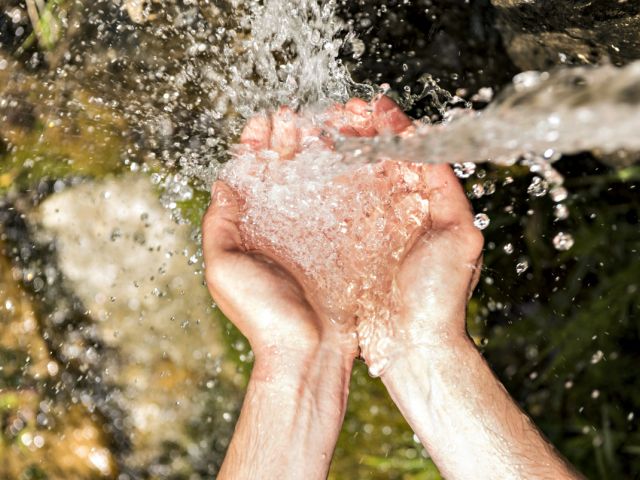
A study released this week by the University of California, Davis, found that farming is the biggest source of nitrogen pollution in California, contributing harmful pollutants to the state's air and...
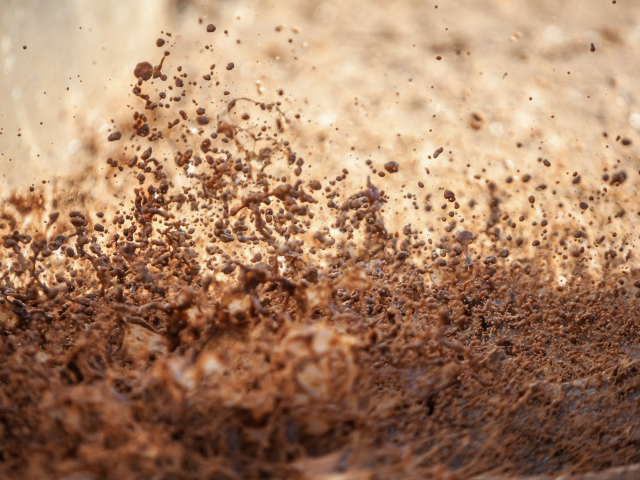
Manure from Minnesota's 23,000 animal feedlots threatens to overload nearby cropland with chemicals that can pollute lakes, streams and aquifers, including drinking water sources, a new Environmental...
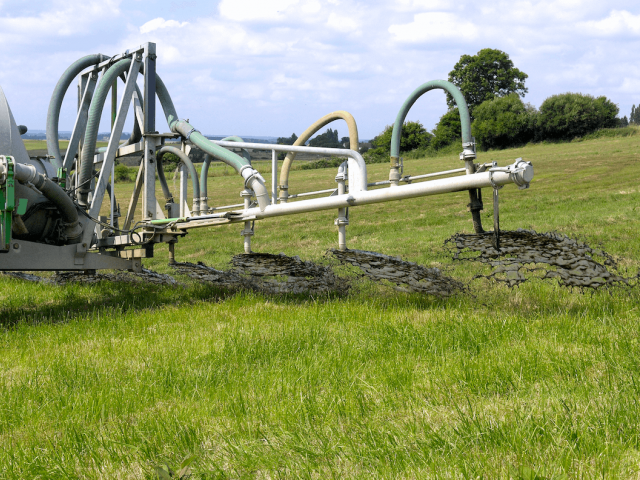
EWG's just-released Tap Water Database shows that a startling number of cancer-causing chemicals contaminate the nation's drinking water. Of 250 different contaminants detected in tests by local...

Some corn ethanol lobbyists are pushing to triple the amount of ethanol American fuel makers put into gasoline, moving from the current blend, called E10, or 90 percent gasoline and 10 percent corn...


